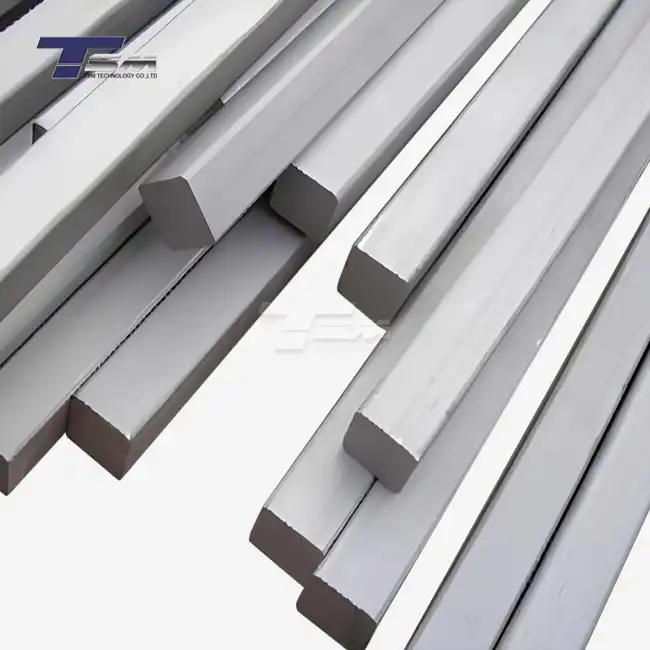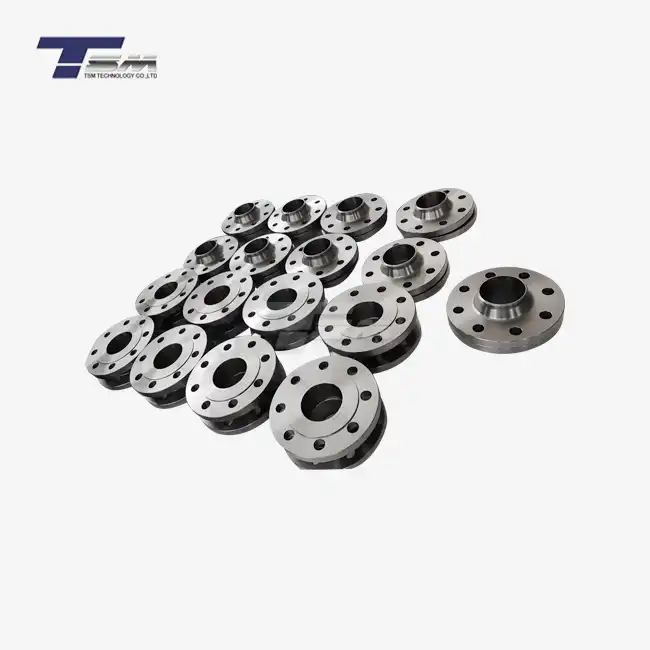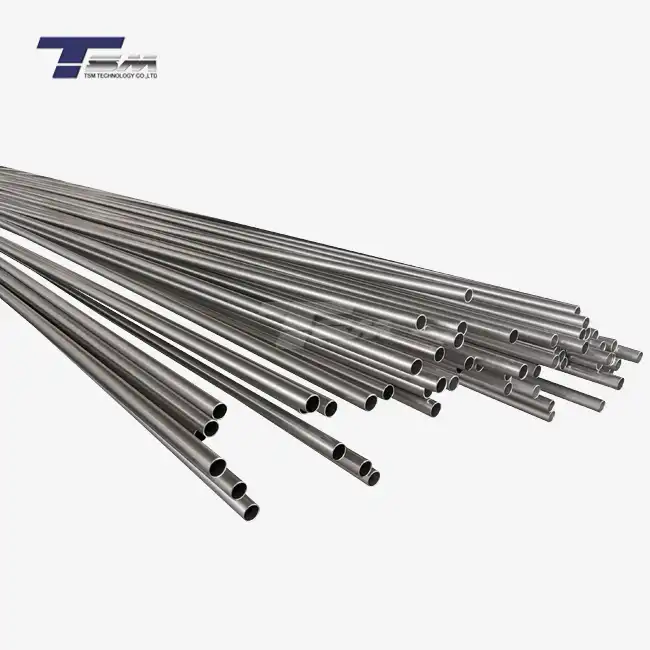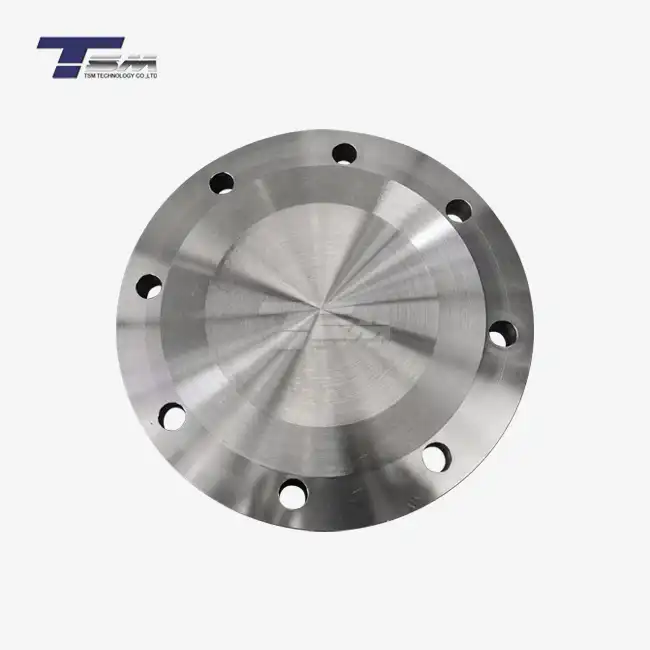Composition and Properties: Unveiling the Molecular Makeup
Chemical Composition: The Foundation of Distinction
The primary distinction between Nickel 201 and Nickel 200 lies in their chemical composition. Nickel 201 is characterized by its ultra-low carbon content, typically less than 0.02%. This carbon reduction significantly alters the alloy's behavior, particularly in high-temperature environments. Conversely, Nickel 200 contains a slightly higher carbon content, usually around 0.15%. This subtle difference in carbon levels plays a crucial role in determining the mechanical and physical properties of each alloy.

Mechanical Properties: Strength vs. Ductility
The variation in carbon content directly influences the mechanical properties of these alloys. Nickel 200, with its higher carbon content, exhibits greater strength and hardness. This makes it an excellent choice for applications requiring robust mechanical performance. In contrast, Nickel 201 sheet showcases superior ductility and malleability. The enhanced formability of Nickel 201 plate allows for more complex shaping and fabrication processes, making it ideal for components with intricate designs or those requiring extensive forming operations.
Thermal Characteristics: Behavior Under Heat
Both alloys demonstrate excellent thermal conductivity, a characteristic inherent to nickel-based materials. However, Nickel 201 stands out in high-temperature applications. Its lower carbon content minimizes the risk of grain boundary carbide precipitation at elevated temperatures, a phenomenon that can lead to embrittlement in Nickel 200. This unique attribute of Nickel 201 makes it the preferred choice for heat-transfer equipment, especially in applications where temperatures exceed 600°F (315°C).
Applications and Industries: Where Each Alloy Shines
Nickel 201: Masters of High-Temperature Performance
Nickel 201 sheet finds extensive use in industries where high-temperature performance is critical. Its resistance to embrittlement at elevated temperatures makes it an ideal material for heat exchangers, condensers, and evaporators in the chemical processing industry. The aerospace sector also leverages Nickel 201 plate for components exposed to extreme thermal conditions. Additionally, the food processing industry benefits from Nickel 201's excellent corrosion resistance and ease of cleaning, making it a top choice for equipment in contact with caustic solutions.
Nickel 200: Strength in Diverse Environments
Nickel 200, with its higher strength and hardness, excels in applications where mechanical robustness is paramount. It's commonly used in the production of chemical and petrochemical processing equipment, particularly in environments involving alkaline solutions. The electronics industry also utilizes Nickel 200 for its magnetic properties and corrosion resistance in the manufacture of electronic components. Moreover, its resistance to molten alkali makes it valuable in the production of synthetic fibers and plastics.
Specialized Applications: Niche Uses of Both Alloys
Both Nickel 201 and Nickel 200 find unique applications in specialized fields. Nickel 201, due to its exceptional purity and resistance to hydrogen embrittlement, is often used in the production of hydrogen fuel cells and electrodes for the chlor-alkali industry. Nickel 200, on the other hand, is preferred in applications involving fluorine and fluoride compounds, thanks to its ability to form a protective fluoride film. This makes it invaluable in the production of uranium hexafluoride for nuclear fuel processing.
Fabrication and Processing: Crafting Excellence from Raw Material
Welding and Joining: Uniting Forces
The weldability of these alloys is a critical factor in many applications. Nickel 201 sheet demonstrates superior weldability due to its lower carbon content. This reduces the risk of carbide precipitation in the heat-affected zone, resulting in stronger, more reliable welds. Welding Nickel 201 plate typically requires less preheating and post-weld heat treatment compared to Nickel 200. However, Nickel 200 can still be welded effectively with proper techniques and filler materials, making it suitable for a wide range of fabrication processes.
Forming and Shaping: Molding to Perfection
The formability of these alloys plays a crucial role in manufacturing complex components. Nickel 201, with its enhanced ductility, excels in cold-forming operations. It can be easily drawn, spun, and deep-drawn into intricate shapes without the risk of cracking or work hardening. This makes Nickel 201 sheet the preferred choice for applications requiring extensive forming. Nickel 200, while slightly less ductile, still offers good formability and can be successfully shaped using both hot and cold working methods.
Heat Treatment: Enhancing Performance
Heat treatment processes can significantly influence the properties of both alloys. Annealing is commonly used to restore ductility after cold working. Nickel 201 typically requires lower annealing temperatures compared to Nickel 200, due to its lower carbon content. This results in finer-grain structures and improved mechanical properties. For Nickel 200, careful control of heat treatment parameters is essential to optimize its strength while maintaining adequate ductility. Both alloys can benefit from solution annealing to homogenize the microstructure and enhance corrosion resistance.
Conclusion
The decision between Nickel 201 sheet and Nickel 200 sheet ultimately depends on the specific requirements of your application. Nickel 201, with its superior ductility and high-temperature performance, excels in environments demanding extensive forming or exposure to elevated temperatures. Nickel 200, boasting higher strength and hardness, is the go-to choice for applications prioritizing mechanical robustness. By carefully considering factors such as operating conditions, fabrication methods, and desired properties, engineers and manufacturers can select the optimal alloy to ensure peak performance and longevity in their projects.
Contact Us
For expert guidance on selecting the right nickel alloy for your specific needs, don't hesitate to reach out to our team of specialists. Contact us at info@tsm-technology.com for personalized assistance and to explore our extensive range of superior alloy products.



